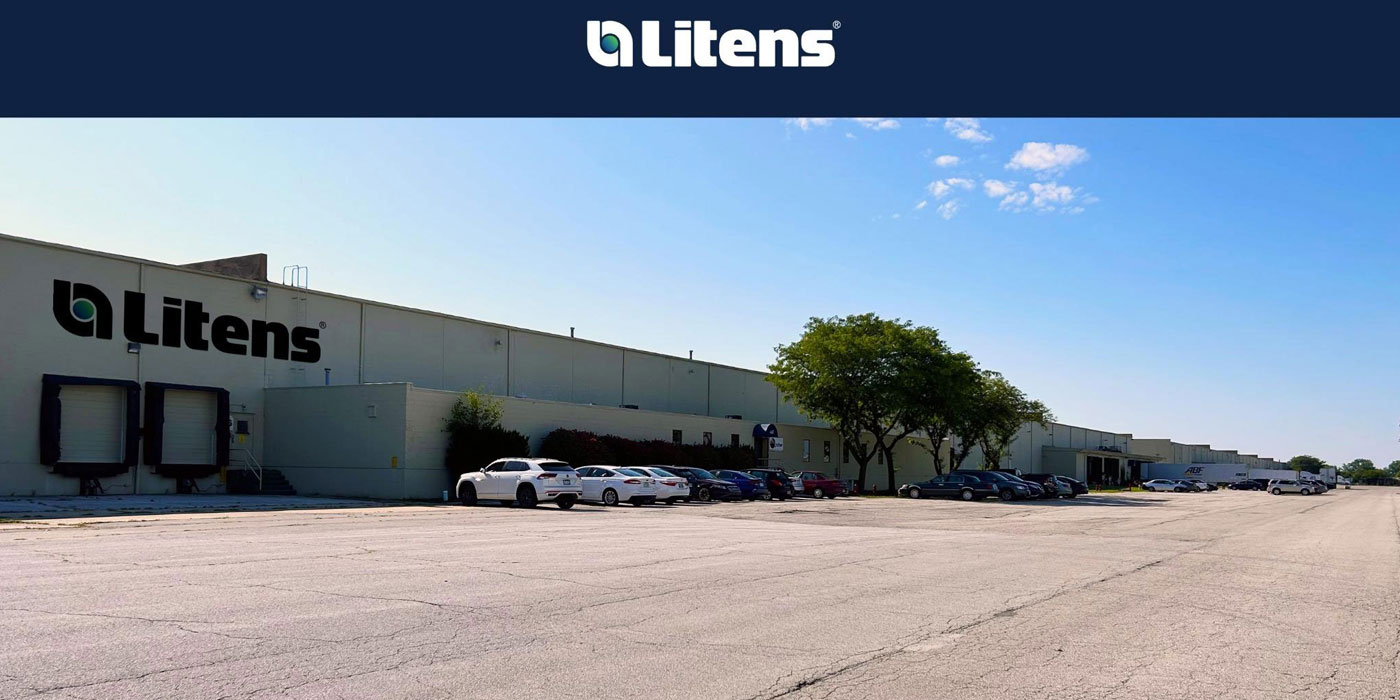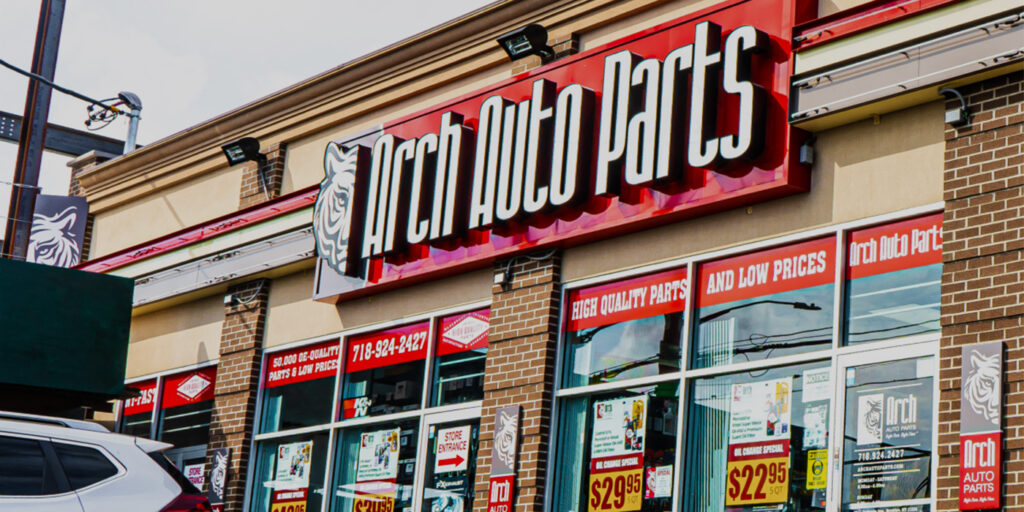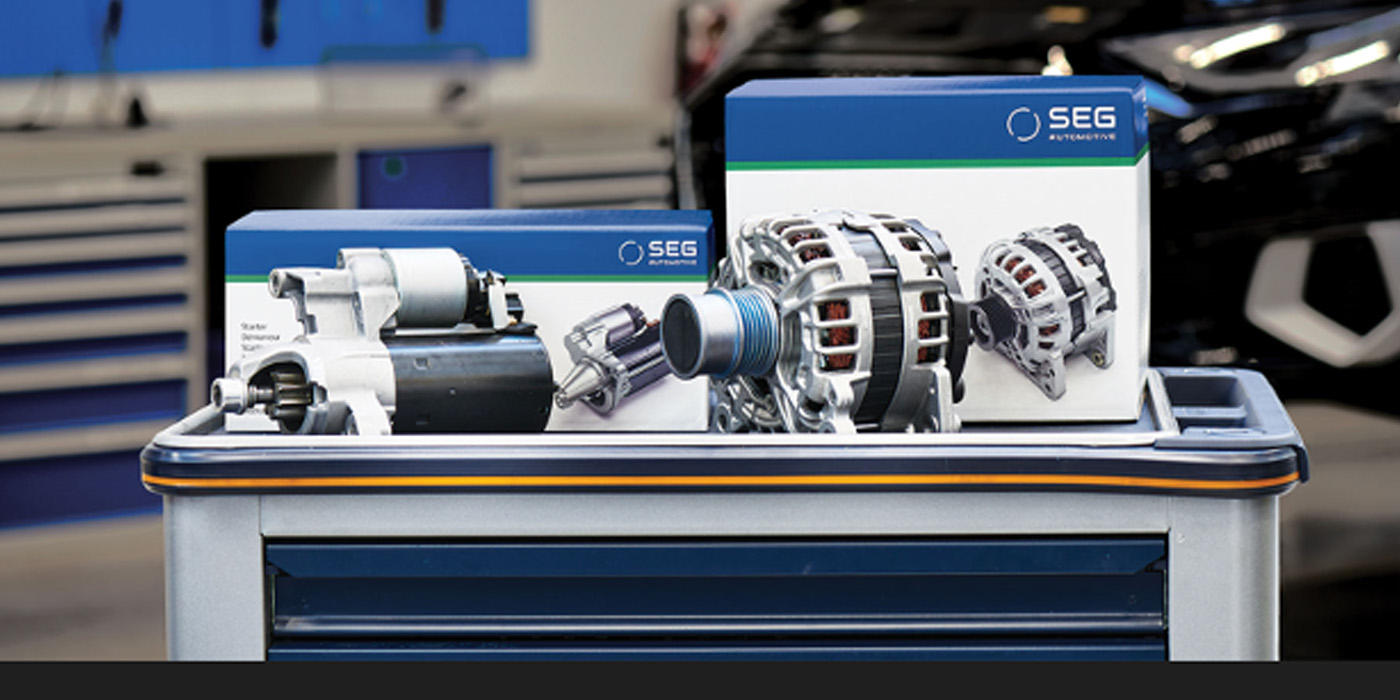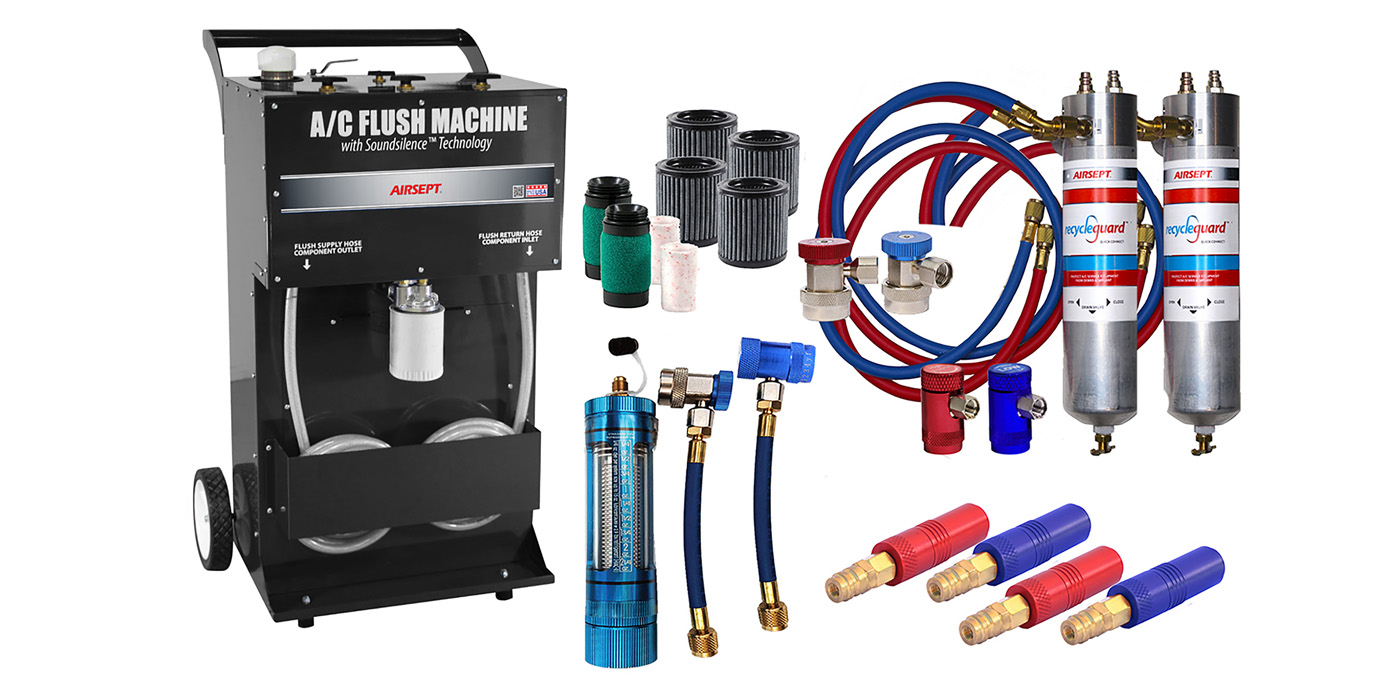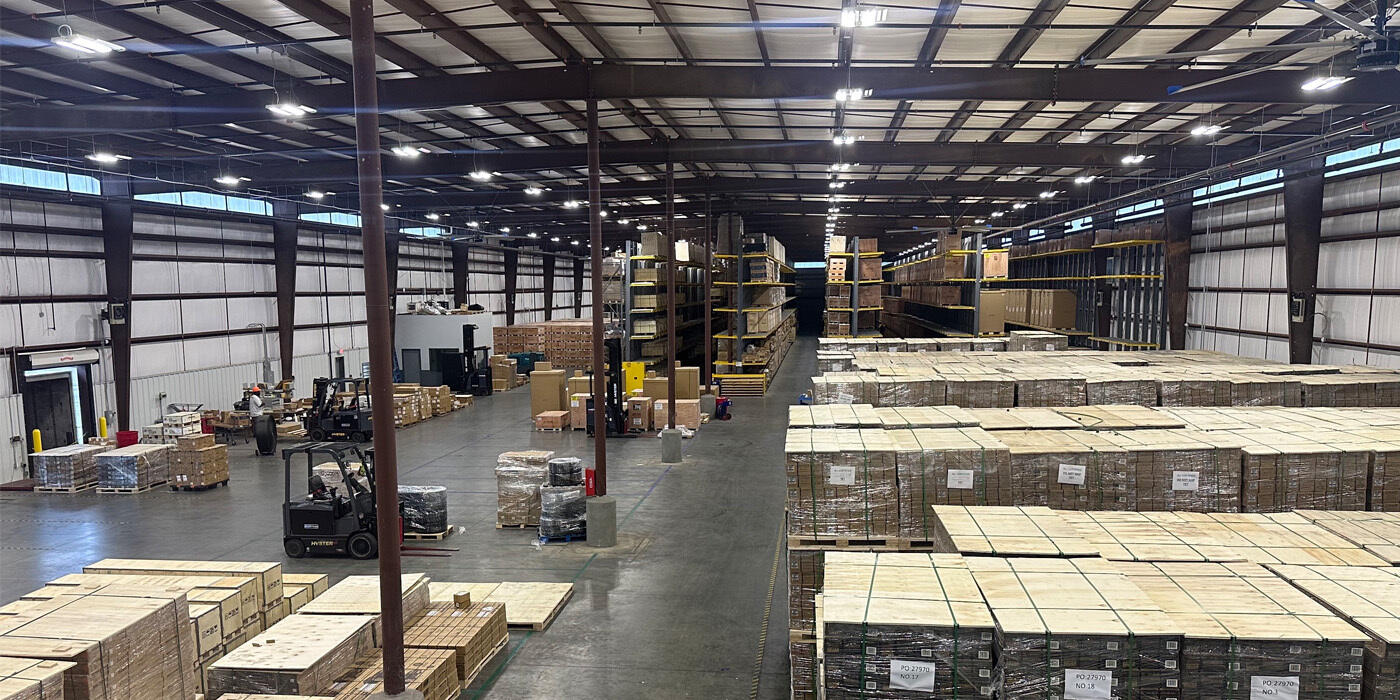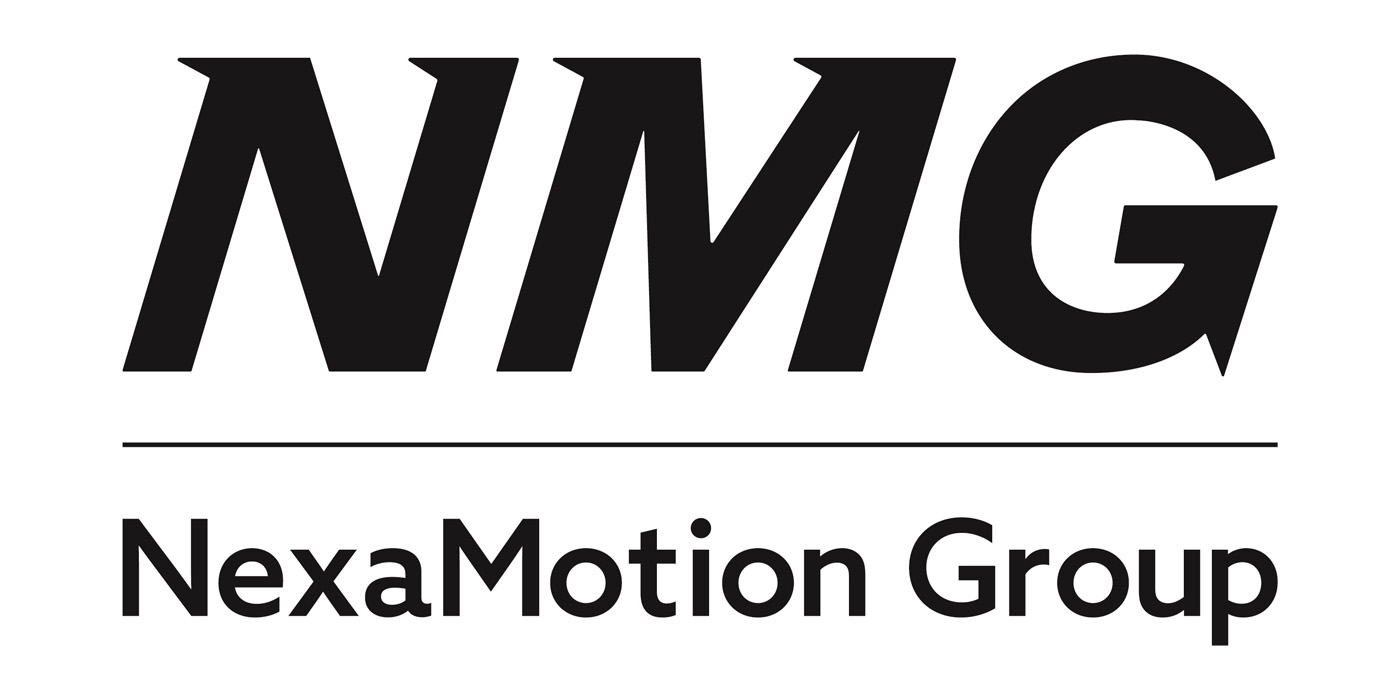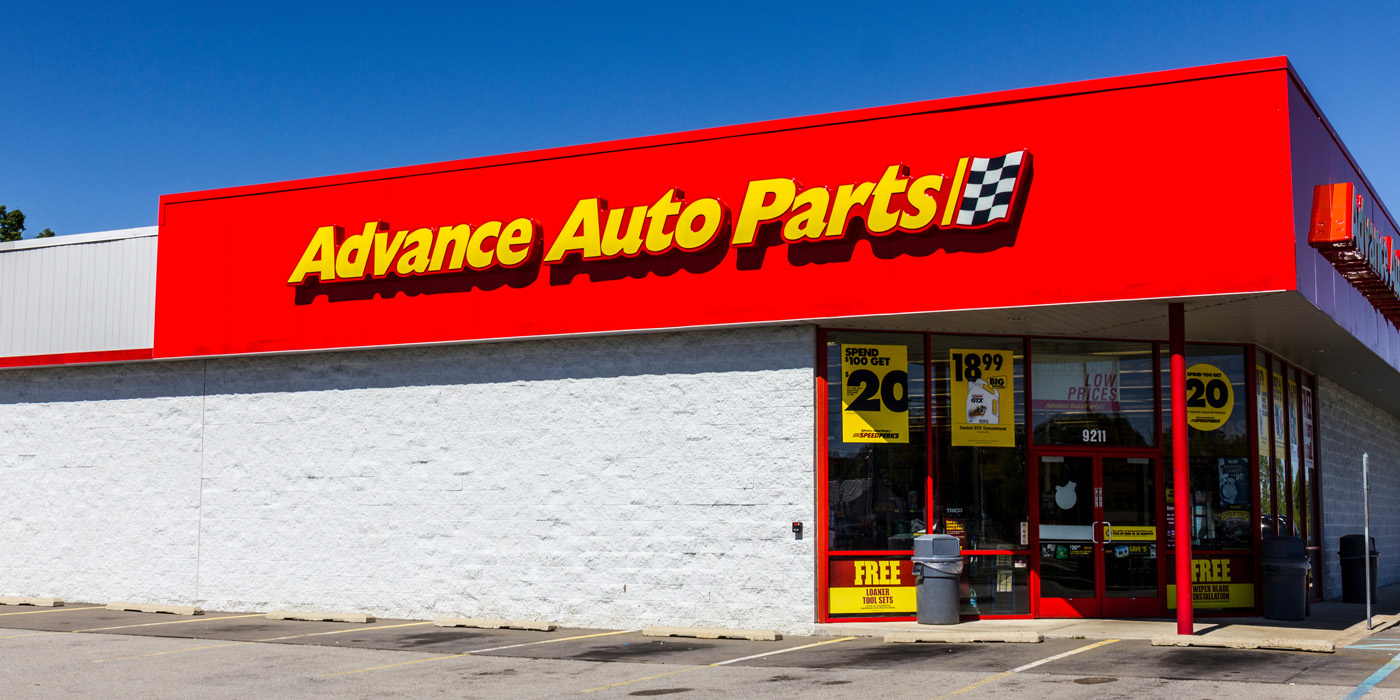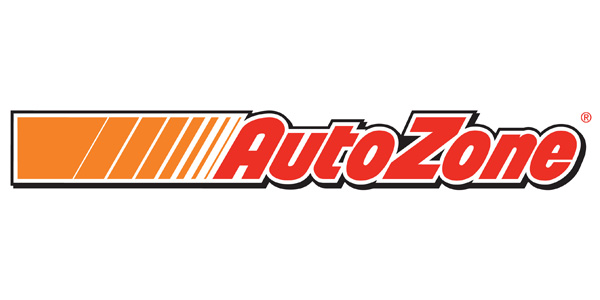
AutoZone’s strategy of offering expanded parts assortments in certain stores – known as hubs or megahubs – is working so well that the company plans to double the number of megahubs in its network.
During the company’s May 21 conference call, CEO Bill Rhodes said AutoZone’s long-term plan is to open 70 to 90 megahubs in the United States, up from its initial vision of 25 to 40 megahubs.
So far in its fiscal 2019, AutoZone has opened eight hub stores, and the company expects to open as many as 11 in the full year, Rhodes noted. Most of those will be megahubs.
Hubs and megahubs offer additional SKUS that previously wouldn’t have been available in a local market. Previously, AutoZone would ship harder-to-find or slower-moving SKUs to local markets based on demand.
Through its fiscal third quarter, AutoZone had 174 hub stores and 28 megahubs.
AutoZone has seen an uptick in DIY and commercial sales in markets where it has hubs or megahubs. The initiative has been going so well that AutoZone has been adding megahubs “in smaller markets than we envisioned originally,” Rhodes noted.
“As we’ve said all along since we’ve introduced these megahubs, they continually have outperformed our expectations,” Rhodes said during the call.
More than 90 percent of AutoZone stores have access to megahub inventories, according to Rhodes. While doubling the number of megahubs won’t add a lot more stores to their coverage area, it will shorten lead times, he noted.
“Many of those stores today will get [access to megahubs] on a three-times-a-day basis, some of them will get it on a once-a-day basis and others will get it overnight,” Rhodes explained. “As we expand this, we will go to more stores that have access three times a day and fewer stores that have access overnight.”
Finding “the right real estate” with the footprint to accommodate megahubs has been a challenge, and Rhodes acknowledged that AutoZone “would love to be farther along with megahubs today” than it is. On the plus side, though, the economics of opening megahubs has improved.
“We are getting more productivity out of the existing box of the megahub itself, and we’re getting more productivity out of the stores that are adjacent and feeding off of that box, particularly the stores that have access three times a day or in the local market,” Rhodes explained. “So the economics changed and made it more beneficial for us to do it.”



